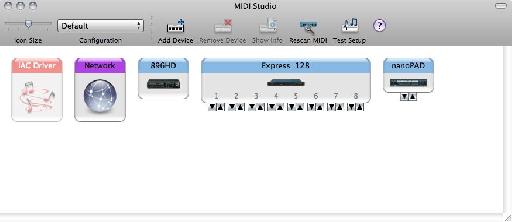
You will need a mic preamp for every mic you want to record at the same time! When choosing this piece of your rig, a critical consideration is how many individual microphones you plan to use. These guys take the relatively low mic-level output signal and boost it to a usable level.

The more affordable digital mixers (~$300) will only output the Left/Right main outputs through the USB or FireWire interface.Ĭheck out our Analog / Digital Converters Page for more info on this fundamental building block of your studio. This set of values represents the maximum bit depth and sample rate possible with a given interface, you can always set them lower as you choose.Ī bit depth of 24-bits and sampling rate of 48 kHz are solid target values to shoot for when shopping around.Ī common mistake is to assume that a mixing console will provide this capability, but unless it has a USB or FireWire output it will not.įurthermore you'll have to pay top dollar (~$1500) for a digital mixer with the ability to record each input to it's own dedicated track, something even moderately priced audio interfaces can provide. 16-bit, 24-bit) and a Sampling Rate (such as 44.1 kHz, 96 kHz, etc). so do we need A/D converters to make digital recording a reality.Īudio Interfaces are the quickest and easiest way to introduce this essential component into your setup.Ī/D converters are described as a set of 2 numbers: a bit depth (i.e. Just as Doc Brown needs the Flux Capacitor to make time travel possible. These provide the ability to take the electrical signal from your microphone or instrument and convert it into the digital signal that computers can understand. This may be the single most important decision when creating your home studio, so it's critical to have a firm grasp of how these work and what they are used for. If this is all well understood to you, then you can jump to the chase and checkout my list for Top USB Audio Interfaces for Under $300.įor everyone else I strongly recommend having a firm grasp of the main issues that are outlined below before shopping for specific units. You'll find many hyperlinks throughout this description that aim to supplement the discussion. Read on for a more detailed explanation of each criteria on our list. Though there are many options, there are 6 main features to consider when choosing Audio Interfaces: So technically the terms Sound Card and Audio Interface could be used interchangeably.īut for our discussion let's define Sound Cards as hardware internally mounted to your computer, while a studio Audio Interface is an external hardware unit connected via USB or FireWire.

The main differences are that Audio Interfaces typically have mic preamps onboard, provide Phantom Power for condenser mics, and have easy-access external inputs and outputs.


 0 kommentar(er)
0 kommentar(er)
